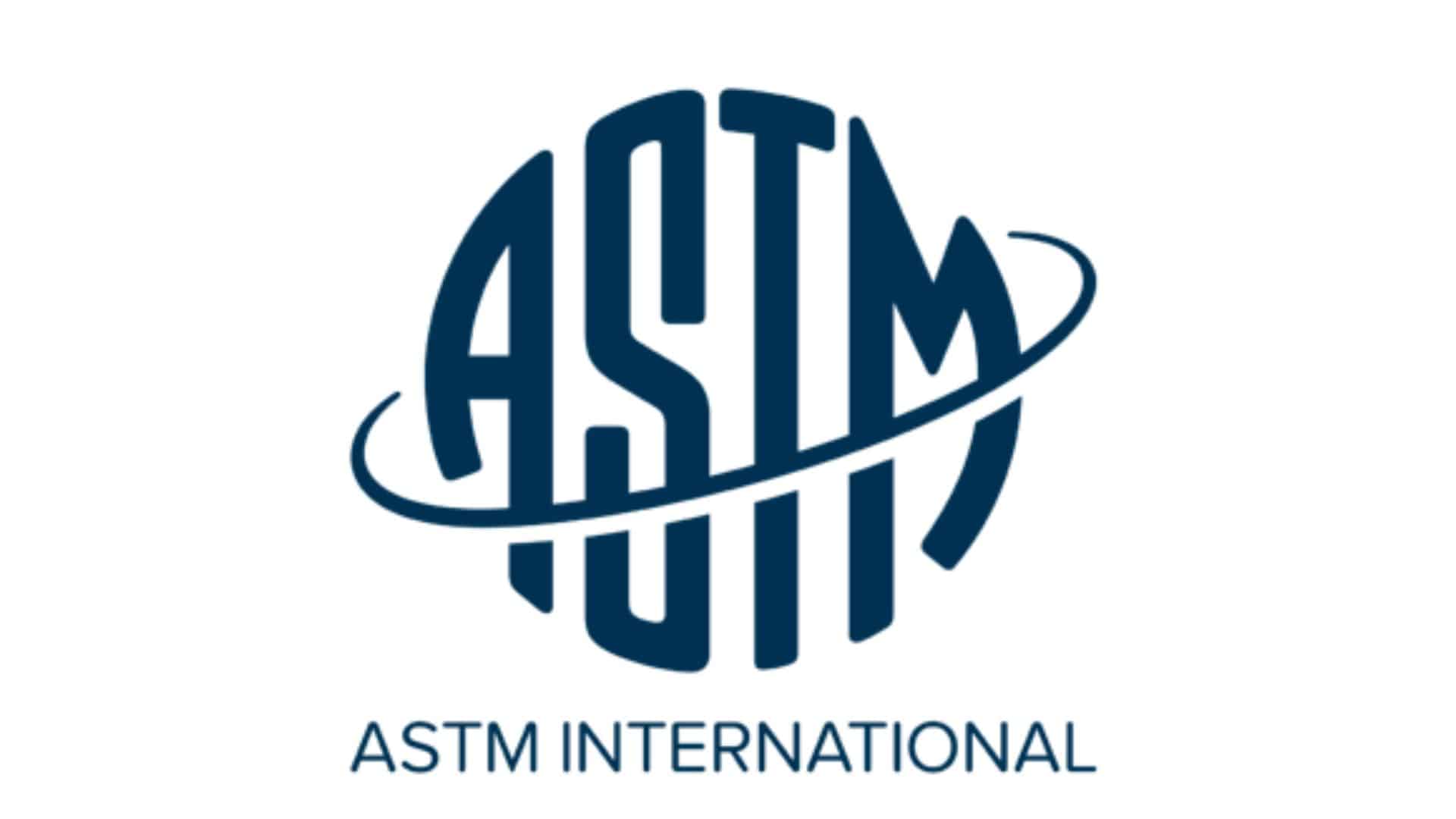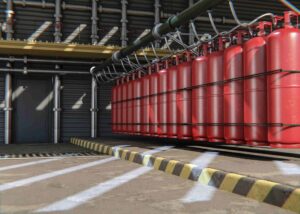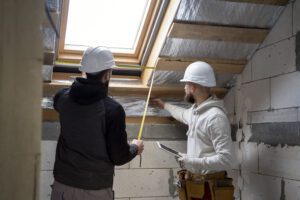
The ASTM E-84 is a test developed by the American Society of Testing and Materials (ASTM). It assesses the burning behavior of a material. This fire test provides comparative measurements of surface-level flame spread and smoke density.
This fire-test-response standard for the comparative surface burning behavior of building materials is applicable to exposed surfaces such as walls and ceilings. The test is conducted with the specimen in the ceiling position with the surface to be evaluated exposed face down to the ignition source. The material, product, or assembly shall be capable of being mounted in the test position during the test. Thus, the specimen shall either be self-supporting by its own structural quality, held in place by added supports along the test surface, or secured from the back side.
The requirements for the ASTM E-84 test differ based on the material. According to the International Building Code, the test is required for interior wall and ceiling finishes. The National Fire Protection Agency 101® Life Safety Code® also requires testing for interior wall and ceiling finishes.
The ASTM E-84 test is ranked based on the flame spread index (FSI) and the smoke development index (SDI) . The FSI is a measure of the speed that flames progress across a material. FSI accounts for flame initiation and flame travel during the test. The SDI measures smoke intensity during the test interval. SDI is obtained with a light obscuration meter. This measures the optical density of the smoke development. In other words, it gives a measure of how much light can travel through the smoke.








No comment yet, add your voice below!